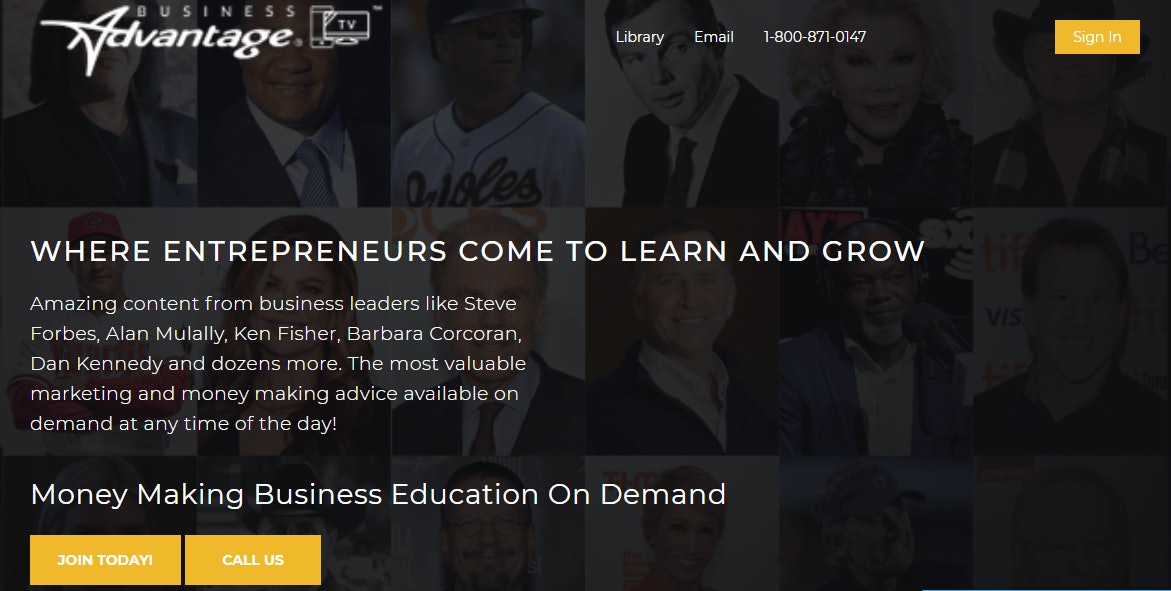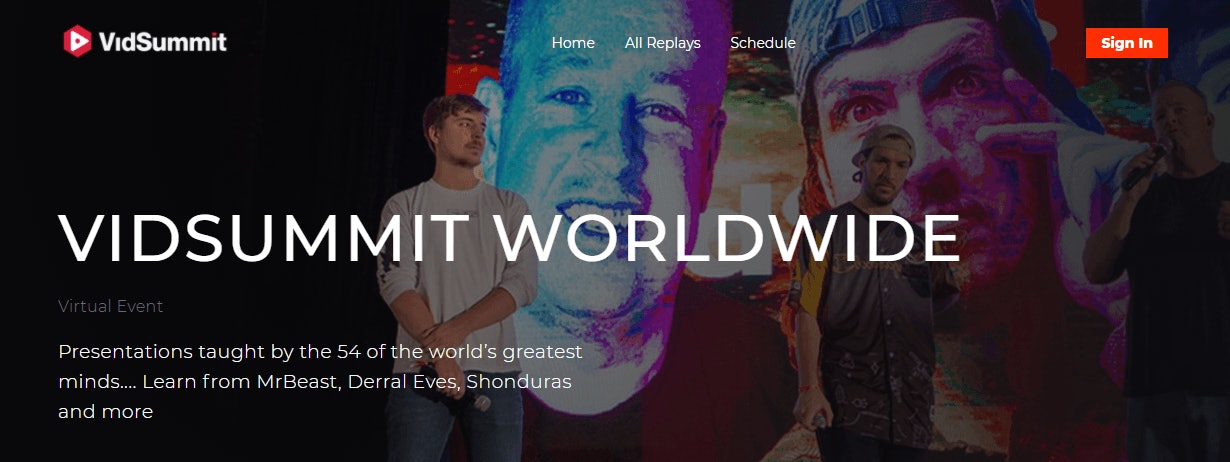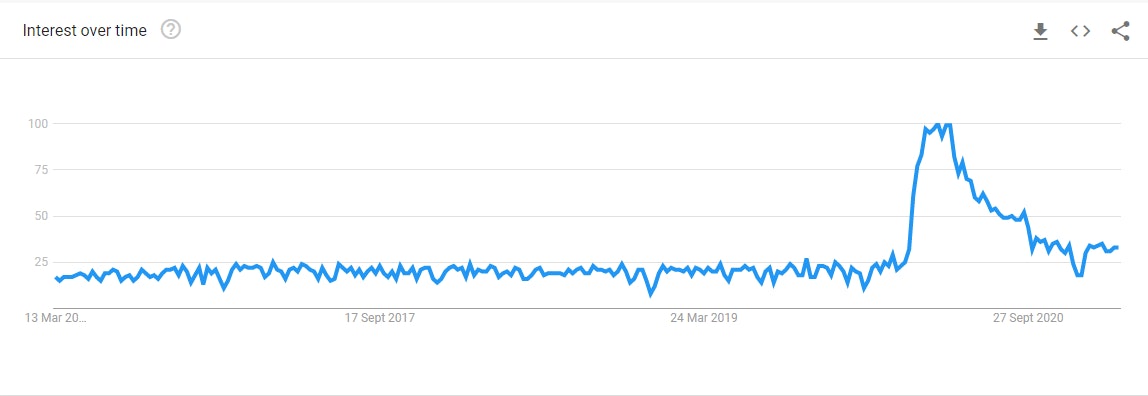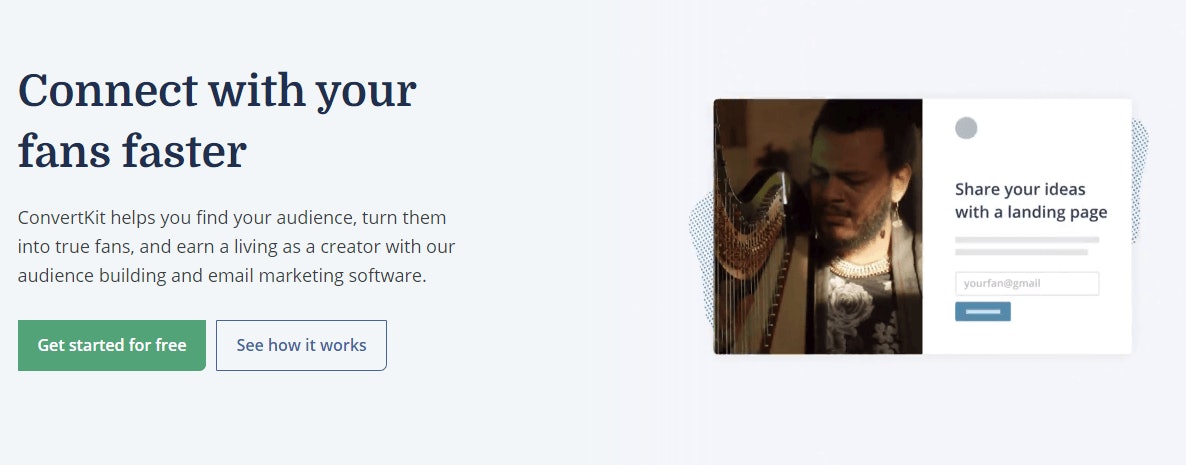Editor’s note: The following is a contribution post from Amir Shahzeidi, SEO Lead at Uscreen. Thanks to Amir for sharing his insights!
Creating and maintaining a content marketing strategy is now an integral part of every company’s online presence and growth. But content isn’t just blog posts like this one. Your content strategy should cover all kinds of media, not just the written word.
For example, video, a type of content that’s grown in popularity over the past few years is video. Why is that? Video drives brand engagement—and, therefore—brand loyalty. Especially as the COVID-19 pandemic pushed us all more and more online, this means now’s the perfect time to implement or refine a video-based content marketing strategy.
According to one study, video consumption has increased up to 60% globally, giving videos the edge over other less interactive types of content.
Will this trend continue, or is it a temporary phenomenon? According to our work at Uscreen, 23% of users plan to stick to video content even after the pandemic.
This makes it clear that video content is here to stay.
Let’s elaborate more on what this is and in what ways you can take advantage of it in order to build brand loyalty.
What Is Video Marketing?
Video marketing is a unique way to visually market yourself and your product or service. By producing and sharing videos, businesses attract people that are interested in engaging with a brand, interacting with it, and creating lasting relationships; something that other types of content don’t easily do.
After all, storytelling is one of the best means of increasing your brand loyalty, and what better way to do it than through video? Mixing visual and verbal storytelling is just easier in video than other media, and the interplay improves both sides of the coin.
Let’s see some video marketing examples that businesses use, or should be using:
- Online streaming
- Online courses
- Virtual summits
- Webinars
- Online tutorials
- Product video presentations
- Marketing campaign videos
Let’s dive deeper into a few of these, and take a look at how you can optimize them in order to build and increase your brand loyalty.
Host Live Events and Leverage Online Streaming
One of the most prominent forms of video marketing is online streaming—a powerful way to connect your brand with its users and customers in the moment. The fact that it’s live video content helps viewers bond with you and start to create the relationships that build customer loyalty. Live video means that you can potentially allow audiences to interact directly with presenters and turn a lecture into a discussion, and with greater participation the level of engagement increases dramatically
There was a 300% surge in online streaming demand between March and August of 2020, according to statistics from Uscreen. The COVID-19 pandemic played a big role in this, but figures show that streaming is here to stay.
Actually, 56% of US and UK streamers are planning to stick to live video content even after the pandemic, according to the same study.
It’s important to mention that choosing the right platform for online streaming is critical since each one has unique features and attracts a different type of audience.
Example: BusinessAdvantage TV

Image Source: BusinessAdvantage TV
BusinessAdvantage TV is an online learning platform where entrepreneurs can grow their knowledge of marketing and business strategy. What it does best is offer content from great leaders who share their valuable advice to anyone who’s interested.
It’s a great example of what live streaming can do—it allows you to communicate your personal or business brand and establish yourself as an authority in your field of expertise by offering advice on a wide range of subjects. That way, viewers not only gain valuable knowledge but also feel more connected and loyal to your brand.
Overall, online streaming shouldn’t be missing from any video marketing strategy.
Educate Your Audience Through an Online Course
Online courses are one of the best types of content for video marketing. By educating your audience on a single matter—or better yet, a wide range of issues—you establish yourself as an authority in your field. But by providing that valuable service, you also create a positive customer experience and begin to really build a relationship of loyalty that can grow with time into evangelism.
After all, word of mouth and referrals are the best way of doing marketing.
You can either offer online courses and educational content on your own website or social media platforms, or use a platform that’ll allow you to upload them there.
Example: Magic Stream

Image Source: Magic Stream
An example here is Magic Stream, a place where anyone can learn how to do magic by learning from the best. The platform offers video tutorials on every kind of magic and attracts users from all over the world who want to learn about magic and sleight of hand.
Ellusionist, Magic Stream’s parent company, initially sold magic props, but they turned to online courses as a way to gain more customers and spread awareness about their passion—and with great success.
Host a Virtual Summit
Hosting virtual summits—whether they’re live or recorded—is a great way for companies like startups to build an audience and then grow and mature it to build loyalty around the brand and what it represents.
Providing many hours of quality content with a wide range of speakers and interviews makes it a lot easier to keep people engaged with your brand, since you can then also repurpose that content into many other content forms like blog posts, one-off videos, infographics, and even podcasts.
Virtual summits have always been in demand, but we can’t ignore their huge increase in popularity over the past year as COVID-19 forced the cancellation of in-person events.. Below, you can see the search volume for “virtual summit” worldwide and over the past five years, according to Google Trends.

Image Source: Google Trends
Demand surged around March of 2020 and, although it’s now at slightly lower levels, it’s still considerably higher than what it’s been over recent years.
Overall, virtual summits are a great form of video and viral marketing, but it’s important to be consistent and host them regularly, like once or twice a year.
Example: VidSummit

Image Source: VidSummit
VidSummit turned its large events into virtual summits when the pandemic hit. This allowed them to facilitate online audiences from all over the world in real-time.
VidSummit includes presentations by people who are experts in their field and have valuable advice to share, like how to grow your YouTube channel and online presence. What makes it unique is the fact that it’s not a simple online event—it’s one of the biggest events for digital creators and marketers.
By choosing the right marketing strategy, taking video content to the next level, and focusing on an area they can give great value to, they’ve amassed audiences who immediately connected with them and gained their trust. They’re a great example of how an event doesn’t need to be in-person to be successful.
Run Frequent Webinars
Webinars are one of the best ways to keep your audience engaged and up-to-date with advances in your industry and, when appropriate, in your own products and services.
In today’s world, businesses need to constantly find ways to reach out to their audiences, and webinars have proven to be a form of video marketing with a very high return on investment, if implemented properly.
Below, you can see how webinars have surged in popularity since the pandemic hit, according to Google Trends.

Image Source: Google Trends
In any of these thought leadership arenas, be sure to really lean into the areas you’re truly an expert in. For example, if your area of expertise is influencer marketing, you can host webinars and teach people how to grow their audience and monetize their Instagram page, or any other social media.
Example: ConvertKit

Image Source: ConvertKit
ConvertKit is an online product that helps digital creators elevate their email marketing strategy. It also offers tools for them to increase their revenue, promote their projects, and engage with their followers. Overall, it’s an all-in-one tool for creators and influencers to leverage their online presence.
The team behind it took advantage of the power of webinars, hosting valuable webinars for their target audience, and it’s pretty clear that they don’t regret that decision. The reason? Well, ConvertKit managed to grow its MRR from $98k to $625k by running 150 webinars in a single year.
Quite impressive, we must say.
Content can’t just be the written word
It’s of vital importance for businesses to find and implement the right content marketing strategy. What’s even more important is to include video in that strategy, as a great way of driving traffic, engaging with your audience, and building brand loyalty through the increased engagement that video naturally brings.
You might be very excited to start with video marketing, and we totally get that, but before you do, you should choose which form of it you’ll try first. Have another look at the four methods we just discussed—which do you think is the most suitable for your brand? What additional tools will you use? How will you promote it to your channels?
Whatever the answer, make sure you have a great plan around your video marketing strategy. The results can be very impressive.
Amir Shahzeidi is the SEO Lead at Uscreen, an all-in-one video monetization and OTT platform provider that empowers video entrepreneurs and creators to monetize their content and build thriving businesses around their videos.





